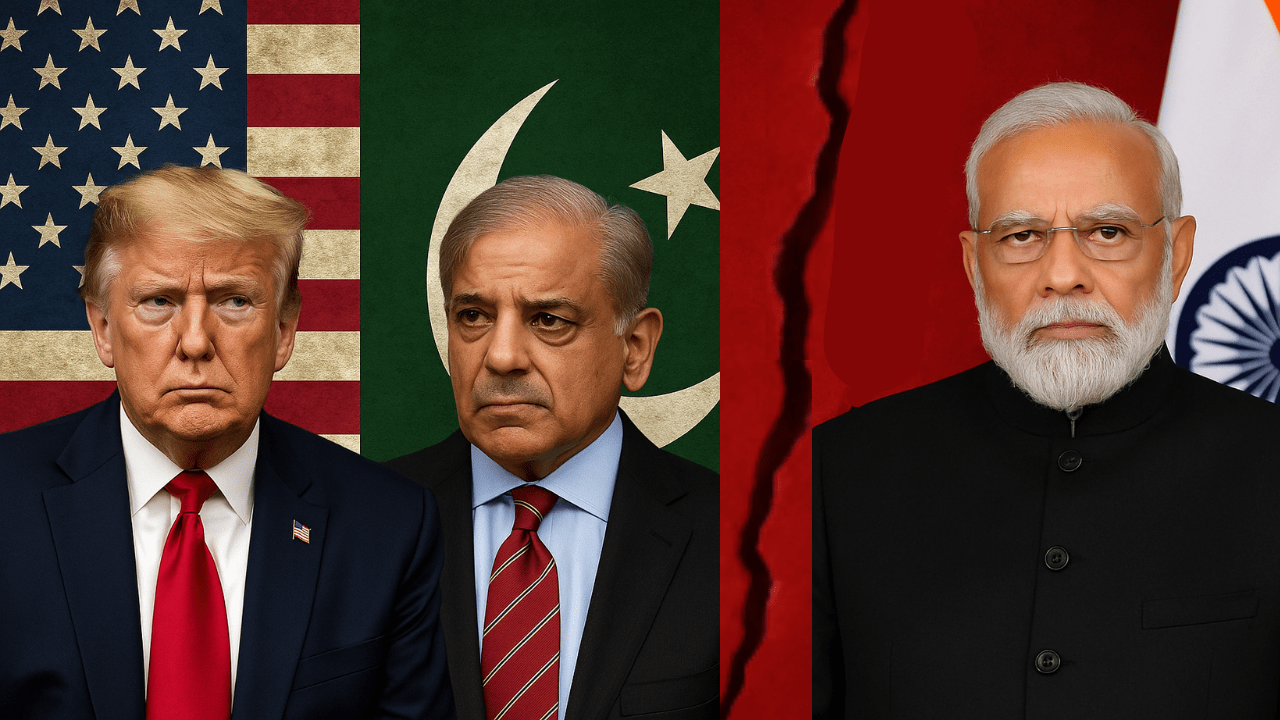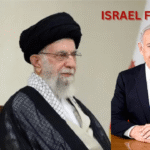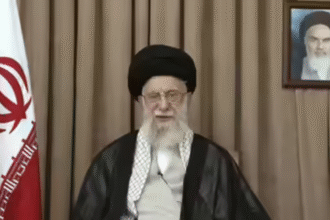Following the Pahalgam terror attack in India, most assumed global sympathy would lean toward India. Yet shockingly, just four days later, the U.S. appeared to strike at India—not militarily, but economically and diplomatically. This surprising shift raises a crucial question: Why is America openly supporting Pakistan?
America’s Sudden Economic Partnership with Pakistan
Soon after the attack, an American company—World Liberty Financial—signed a confidential deal with Pakistan to turn it into South Asia’s crypto and trade hub. This raised red flags globally.
But what made it worse?
The company is majority-owned (60%) by the Trump family. Present at this shady deal were:
- Pakistan Army Chief Asim Munir
- Prime Minister Shehbaz Sharif
And the broker for the deal? A Binance crypto platform founder who, just days later, publicly slammed India’s economy.
Economic Warfare: U.S. Tariffs and India’s Downturn
Almost immediately, U.S. import tariffs on Indian jewelry and textiles were increased from 3.91% to 26%—a 6x jump. This devastated India’s exports, especially:
- Diamonds and jewelry (30% of which go to the U.S.)
- Textiles
Result: Indian exporters lost demand overnight. Thousands of Indian jobs were at risk.
Tech Pressure: Threatening Apple & Targeting Indian Startups
Former U.S. President Donald Trump even threatened Apple CEO Tim Cook, suggesting Apple should stop manufacturing in India. While Cook ignored him and expanded Apple’s operations in India, other U.S. companies became hesitant:
- Job offers were withdrawn
- Investment was paused
- Confidence in India began to shake
Why Is the U.S. Upset with India?
Despite having once celebrated Trump’s electoral win, India has now become a thorn in the U.S.’s strategic plans. But why?
1. India’s Independent Defense Decisions
- Rejected U.S. F-35 jets
- Purchased 26 Rafale jets from France instead (worth $7.5 billion)
2. India Ignored U.S. Demands at G20
- Refused to condemn Russia in the Ukraine war
- Elevated African Union as a permanent G20 member without U.S. consultation
3. India’s Bold Energy Deals
- Continued to buy oil from Russia post-sanctions
- Paid in rupees and dirhams, bypassing U.S. dollar systems
- Refined and resold the oil to Europe for profit
India’s Digital Defiance
India levied digital taxes on U.S. tech giants like Google and Amazon—a bold move interpreted as an open challenge to American dominance.
To reduce U.S. economic control, India is:
- Promoting rupee trade
- Expanding UPI (Unified Payment Interface) globally
- Opening Vostro accounts in countries like UAE, Singapore, and France
Building a New Trade Ecosystem: IMEC
India is developing the India-Middle East-Europe Economic Corridor (IMEC) to:
- Bypass China’s BRI and U.S.-controlled choke points
- Reduce logistics cost by 30% and transit time by 40%
This has made both China and the U.S. insecure about India’s growing independence.
The Semiconductor & Skilled Labor Strategy
India is:
- Collaborating with Japan, Singapore, and Taiwan to develop its semiconductor industry
- Training youth in 5G, AI, EVs, Green Hydrogen via PM Kaushal Vikas Yojana
- Building smart industrial cities like Auric City with plug-and-play setups
These moves ensure:
- Lower operational friction for companies
- Fast approvals
- 24×7 electricity
- Seamless port connectivity
India’s Weaknesses (And Solutions in Progress)
Despite progress, India still lags in:
- Approval timelines (14 months vs. 6 months in Vietnam)
- Electricity cost
- Skilled labor (Only 21% vs. 50%+ in China)
India is addressing this via:
- Vocational training programs
- Power reforms
- Smart city infrastructure
Why the World Is Still Betting on India
Despite U.S. pressure, global companies prefer India because:
- It has the second-largest labor pool after China
- A massive middle-class consumer base
- Strong relations with the U.S., EU, Japan, and South Korea
- Political and economic stability compared to competitors
As of late 2024, 69% of U.S. companies in China were shifting operations—India was their preferred destination.
Conclusion: A Silent Economic War
India is not at war with the U.S. militarily, but economically, a cold war is underway. Unlike Pakistan, India refuses to become a puppet state.
Through resilience, independence, and strategy, India is transforming from a global manufacturing alternative to a silent superpower.
The question now is not “Why is America supporting Pakistan?” but rather:
“How long can India resist and win this economic war of influence?”






